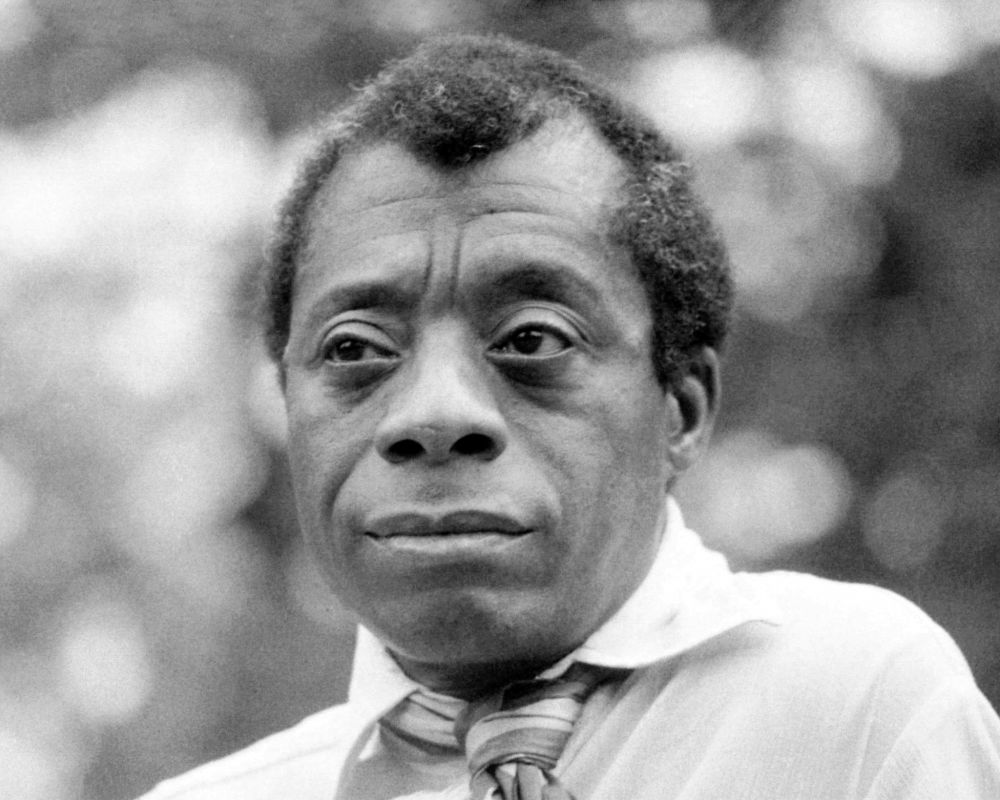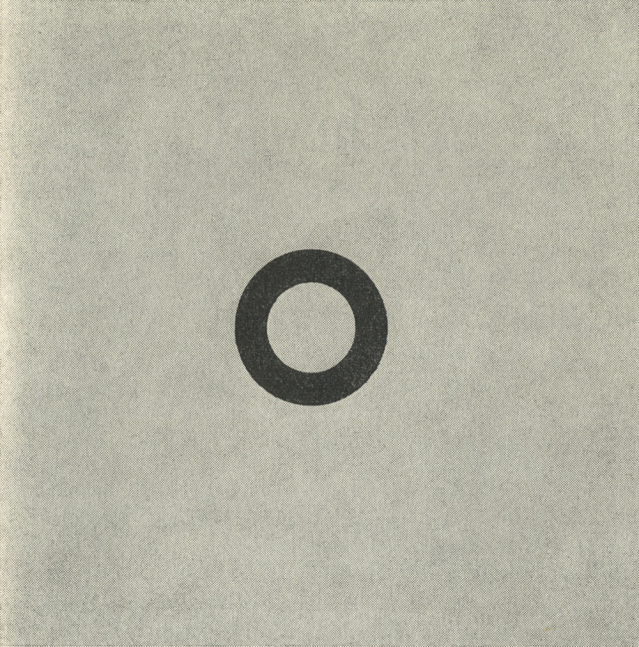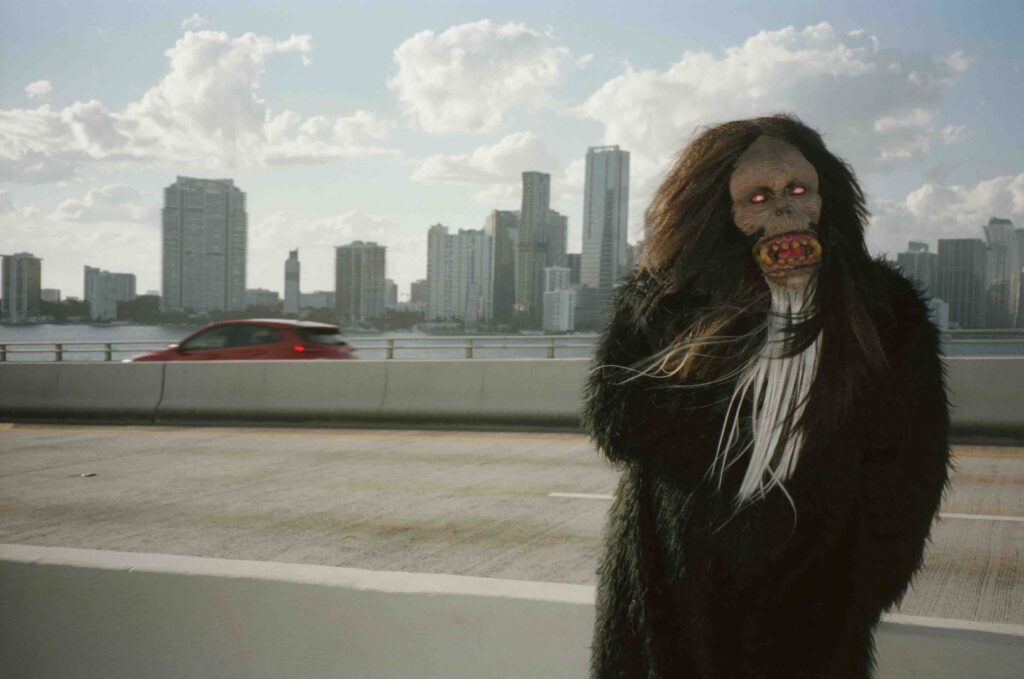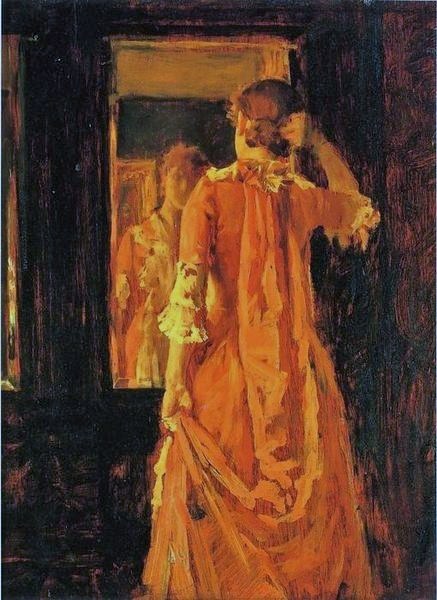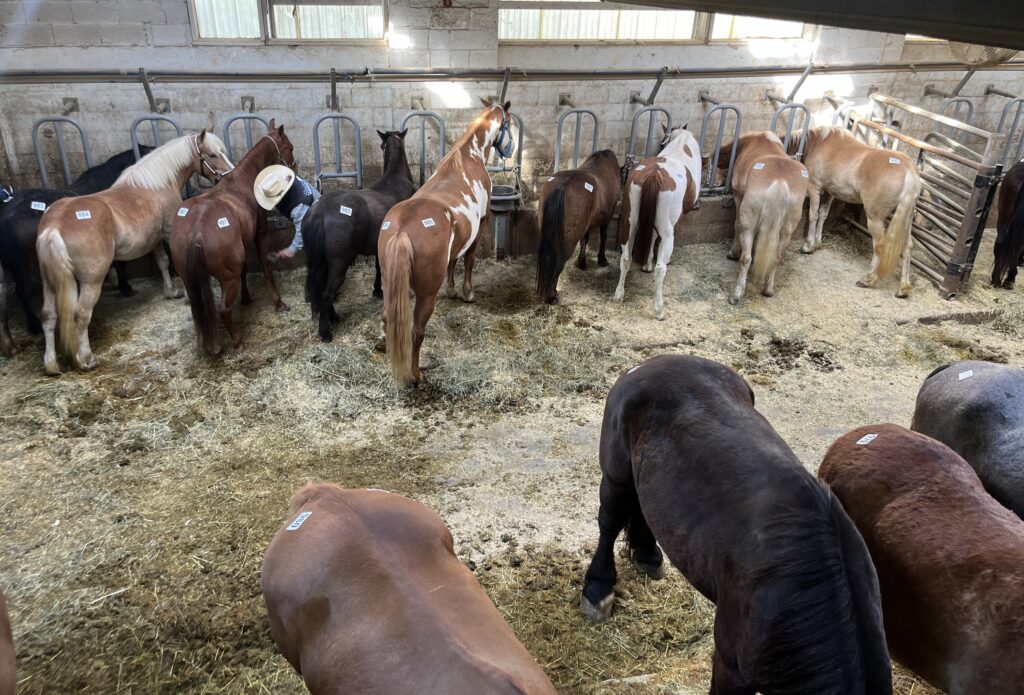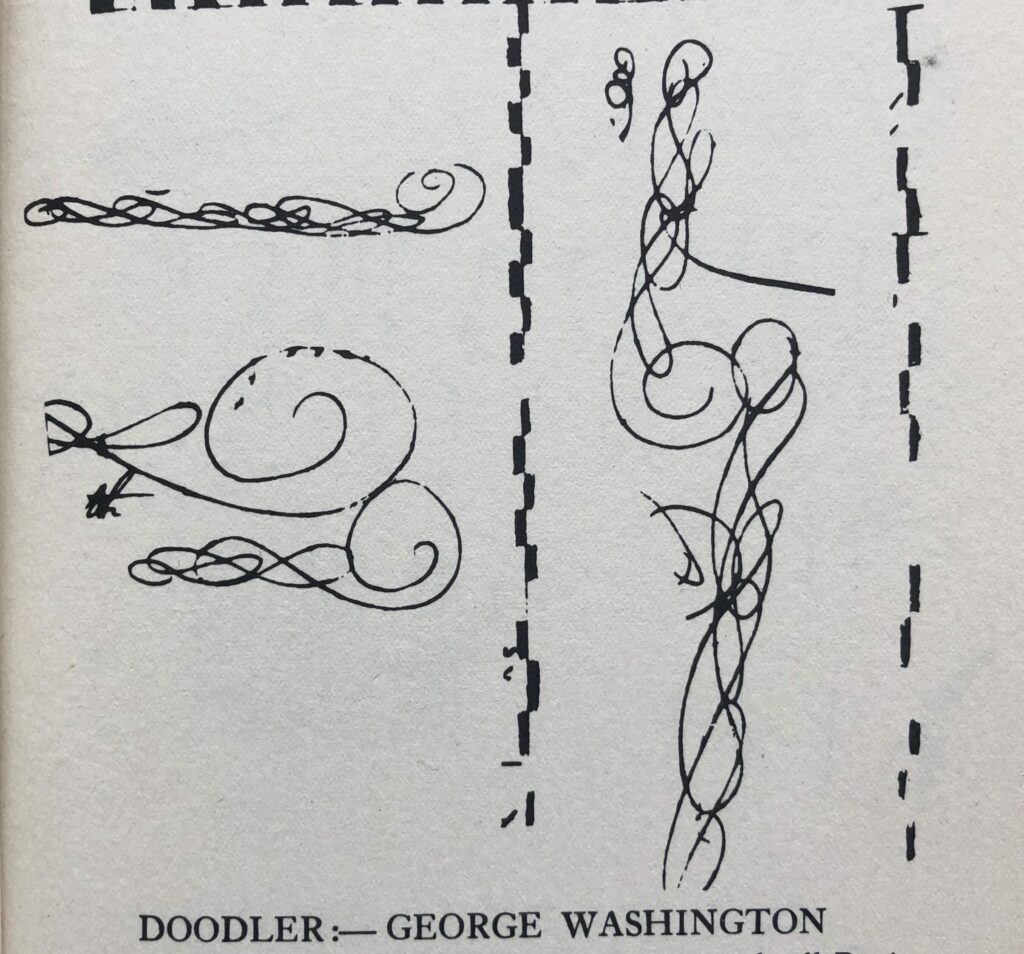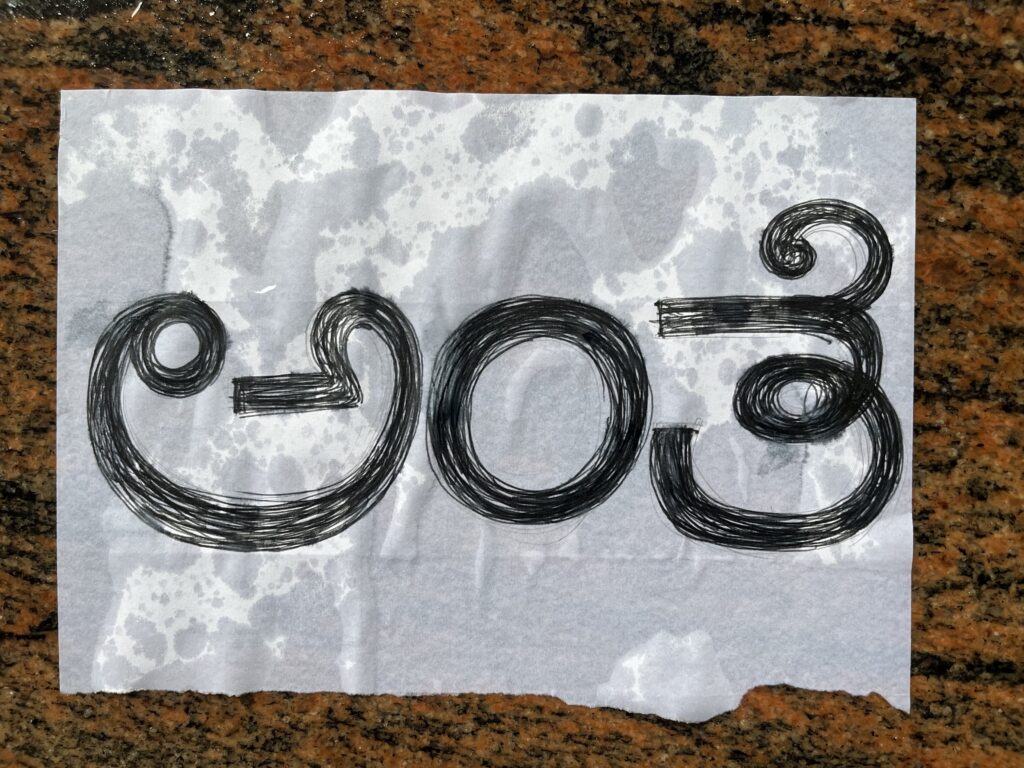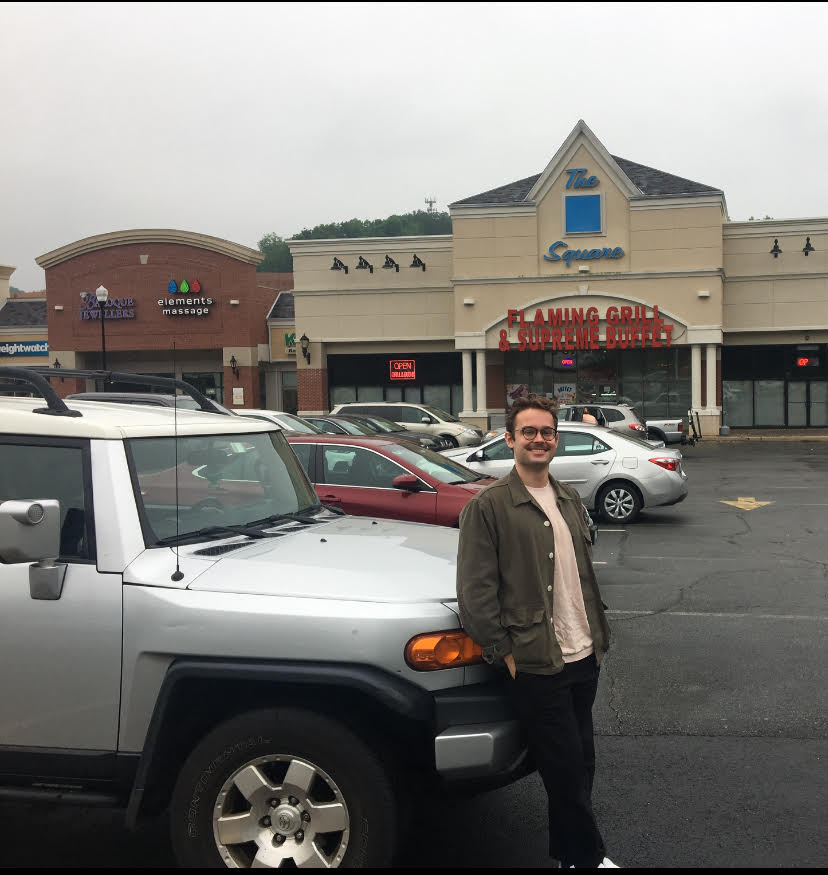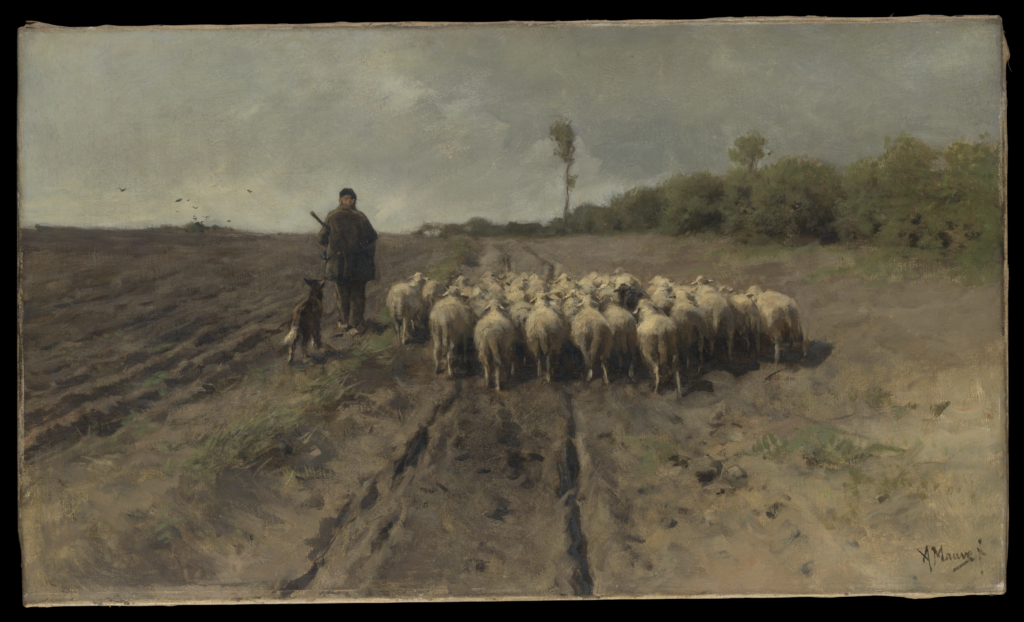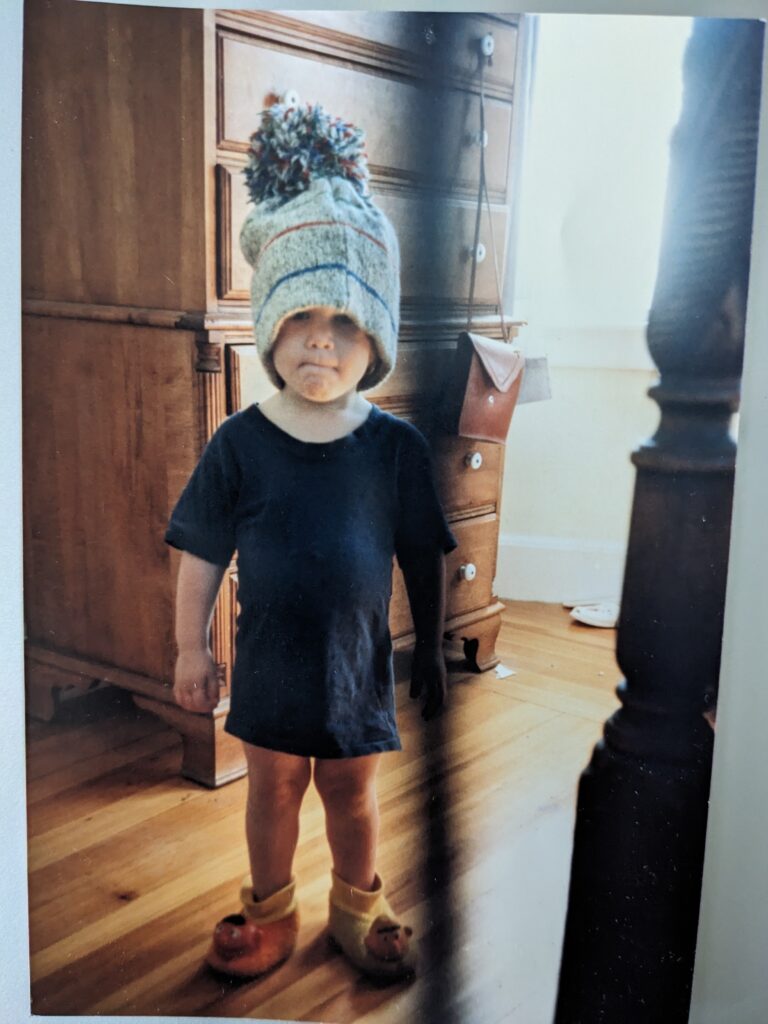Photograph courtesy of the author.
Sesame Street premiered in 1969, the same year that my eldest sister, Kate, was born. The genre of children’s television was in its infancy; Mister Rogers’ Neighborhood had premiered just the previous year, joining Captain Kangaroo and Howdy Doody on the limited roster of shows meant for the very young, and the idea of using gimmicks from commercial TV—a variety of segments, a sense of humor—to support children’s development (not just to keep them quiet or sell them toys) was revolutionary. In 1969, the Sesame Street universe was inhabited by Big Bird, Oscar the Grouch, Cookie Monster, and Bert and Ernie—all Muppets—plus the humans Gordon and Susan, who were married to each other; Mr. Hooper, who ran the corner grocery; Bob—apparently, according to Wikipedia, a music teacher; and a rotating cast of kids, who seemed to have happily wandered in from the real world.
By the time I was born, in 1984, Sesame had grown. There were more Muppets, including the Count, Snuffy, Elmo, and my personal favorite, Grover, and more humans, including Luis, Maria, Linda, and Gina. There was merch: I took some early steps in Bert and Ernie slippers. And there were studies bearing out what the show’s creators had always claimed: watching Sesame Street could help little kids learn to read and count, improving their chances of success in school and potentially their entire lives. I watched Sesame Street every morning in my Bert and Ernie slippers and my jammies, sitting as still as I could in the rocking chair, hoping against hope that the cat would join me.
My mom had watched Sesame Street with both of my older sisters, and she liked watching it with me, too, which was no accident. The creators knew the value of co-viewing for children’s development, and they wrote the show to entertain parents as well as kids, with on-the-nose parodies of contemporary prime-time TV (among the most memorable, Miami Mice and Monsterpiece Theater), celebrity appearances (Judy Collins sang the alphabet with Snuffy; Jesse Jackson recited poetry on a stoop), and recurring sketches (who could forget Grover as the incompetent restaurant waiter?). Obviously, the Muppets, with their strangely expressive mouths and sophisticated sense of irony, were preferable to any cartoon, and particularly to the Disney-princess franchise—in which any human mom can recognize certain heteronormative toxins, of which my mom, child of one bad marriage, party to another, then finally and perhaps hesitantly in the one that would last, was perhaps even more acutely aware. She dressed all her daughters in overalls. One year she sewed me a cape like the one Grover wore to play Super Grover.
My first salaried job, in 2008, was at an uptight nonprofit run by an oil family in Washington, D.C. I disliked the job, which required me to wear nylons and organize policy “convenings,” the point of which I could not see, and I hated D.C., where irony seemed to have been smothered by earnest, middlebrow ambition. I wanted to move to New York, and I often took the bus up for the weekend. Coming back one Sunday, in the middle of Union Station, I saw an exhibition about Sesame Workshop: it, too, was a nonprofit, which I now considered my area of expertise; surely it wouldn’t require nylons; and it occurred to me that I should try to get a job there. After a couple of tries, I did. It was 2010, and I was twenty-six years old.
